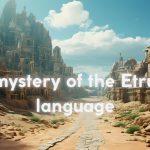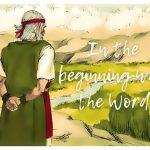-
|

10 facts about Belarus
-
|
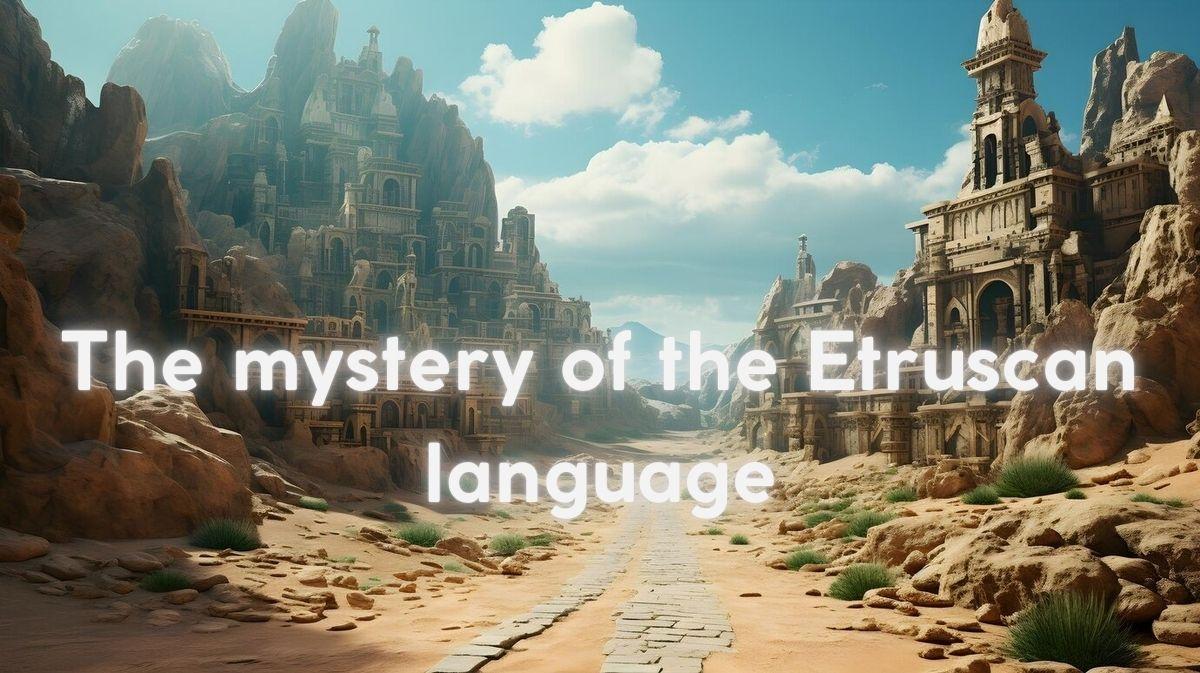
The Mystery of the Etruscan Language: An Enigma That Remains Unsolved
-
|
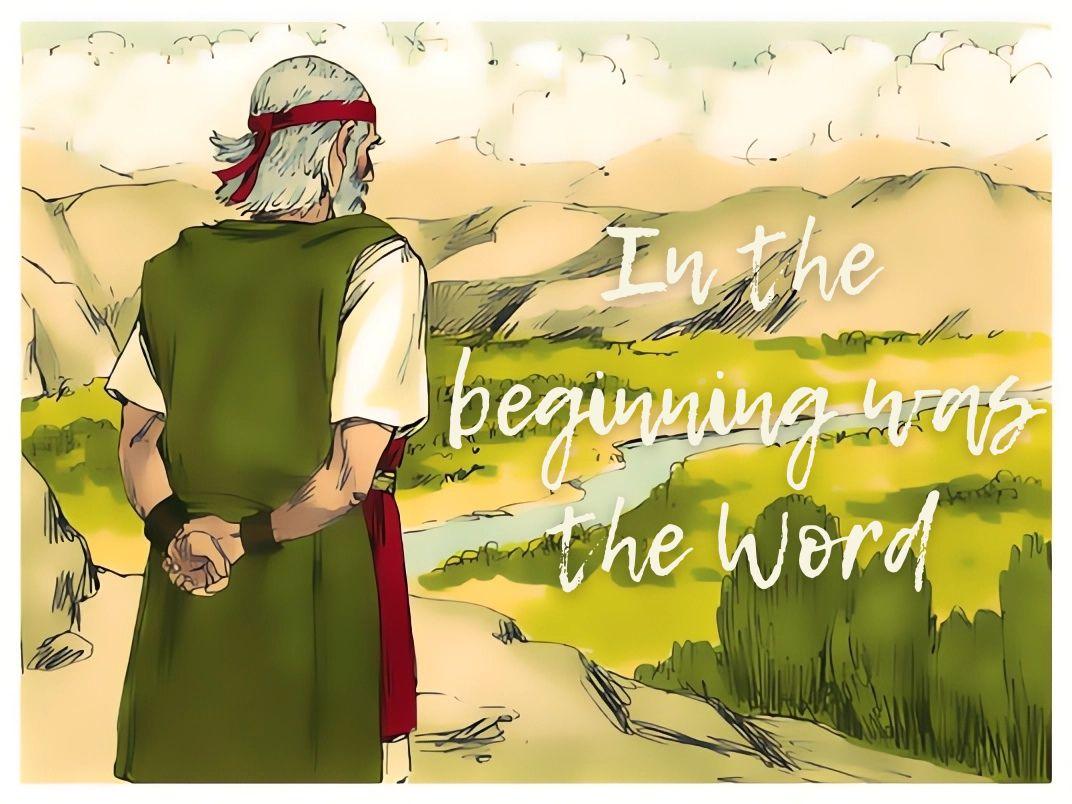
From ‘Logos’ to lawsuits: How translation errors shape history
-
|
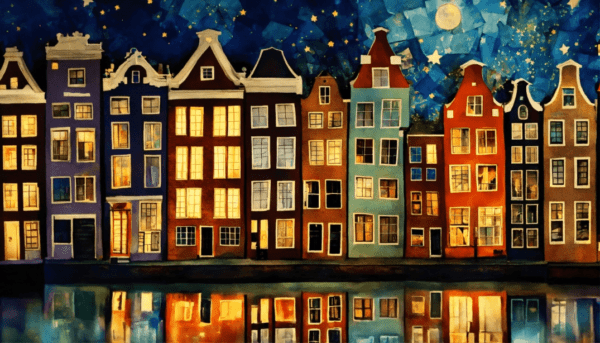
17 unusual and surprising facts about the Netherlands
-
|

Electrical installation: translation problems and solutions
-
|

20 interesting facts you might not know about Russia
-
|

Unlocking Precision: The Subtle Art of Technical Translation
-
|

Top 10 interesting and unusual facts about the Russian language
-
|

Colonization
-
|

What will surprise you about the Czech language: 17 curious facts

